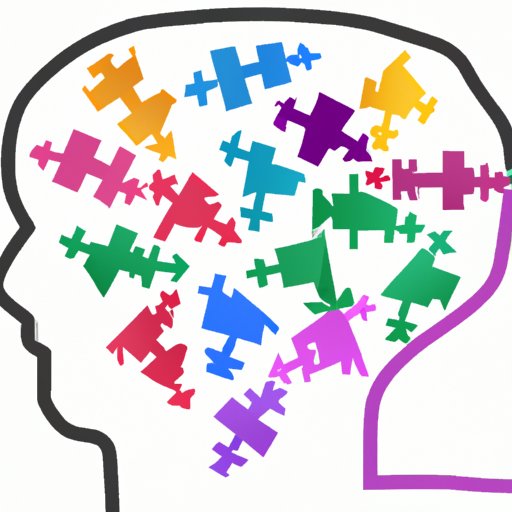Who is at the highest risk of being victimized?
Victimization is a significant problem affecting individuals and communities across the world. Being victimized can result in physical, emotional, and psychological harm, leading to long-term consequences. Understanding who is at risk for victimization is crucial for policymakers, law enforcement agencies, and the public. This article explores some of the most vulnerable groups and why they are at risk.
Age
Age plays a crucial role in victimization. Both children and the elderly are at higher risk for victimization than others. Children are at high risk because they are dependent on adults and cannot protect themselves. Abuse, neglect, and exploitation are prevalent among children. According to a report by the National Child Abuse and Neglect Data System (NCANDS), an estimated 1,840 children died from abuse and neglect in 2019.
The elderly are also at high risk of victimization. Older adults experience abuse, neglect, and financial exploitation. Many older adults rely on caretakers or others for daily living, and their vulnerability increases if they have physical or mental impairments. A report by the National Council on Aging found that one in ten Americans aged 60 and above experience abuse.
Socioeconomic status
Individuals who live in poverty and low-income areas are at a higher risk of victimization. These areas are often associated with violence, drug abuse, and other crimes. People living in poverty have trouble accessing resources to protect themselves and may resort to riskier behaviors as a coping mechanism.
Additionally, certain types of crime are more common in poverty-stricken areas. Crimes that are frequent in low-income areas include robbery, homicide, drug trafficking, and gun violence. These crimes put individuals in those areas at a higher risk of victimization.
Gender
Gender is a significant factor in victimization. Women and girls are at higher risk of sexual assault, harassment, and domestic violence. It is estimated that one in three women worldwide experience physical or sexual violence in their lifetime. Women and girls are the most affected by intimate partner violence, with 38% of all female homicides being committed by a male partner.
Sexual harassment is also a significant issue, with surveys showing that around 81% of women experience gender-based harassment in their lifetime. Women and girls are often subjected to sexual violence or harassment in public spaces, workplaces, educational institutions, and tech environments.
Mental Disabilities
Individuals with mental disabilities are at a higher risk of victimization than the general population. These individuals may be more vulnerable due to communication or cognitive difficulties, physical limitations, or inability to advocate for themselves. Research shows that approximately 70% of people with mental disabilities experience some form of abuse in their lifetime.
Victimization can lead to worsening of mental health issues that can lead to depression, anxiety, and PTSD. Individuals with mental disabilities often require support to overcome trauma resulting from the abuse they experience.
Occupation
Some occupations can increase the risk of victimization. Workers in high-risk occupations such as law enforcement, education, healthcare, social work, and convenience stores are at the highest risk. These workers are often in contact with vulnerable populations and may face violence and abuse from clients or patients.
Workers in low-paying jobs are also at higher risk. These jobs include service and retail jobs, where workers may face violence and abuse from customers or clients. According to the Occupational Safety and Health Administration, retailers have the highest incidence of nonfatal workplace injuries and illness, accounting for almost half of the total incidents reported across all industries.
Ethnicity
Race and ethnicity can also increase the risk of victimization. Stereotyping and discrimination can fuel hate and violence against certain groups, leading to victimization. Research shows that hate crimes are more prevalent in Asian, Black, and Hispanic communities. Native Americans are also at higher risk of victimization, with crime rates being higher than any other demographic group.
Geographic location
Location plays a significant role in victimization. High-crime neighborhoods have a higher risk of victimization. Crime rates are higher in areas with high poverty, low police presence, and underfunded social services. According to the FBI’s uniform crime report, neighborhoods with high crime rates account for most of the violent crimes in the country.
Victimization affects everyone in the community. It leads to social, economic, and emotional damages that take a long time to heal. By addressing the reasons why some groups are vulnerable to victimization, we can work together to make our communities safer and more secure for everyone.
Conclusion
Victimization affects individuals and society as a whole. Understanding who is most vulnerable to victimization can help policymakers and individuals take measures to prevent and respond to victimization. Age, gender, mental disabilities, occupation, ethnicity, and location play crucial roles in victimization. By recognizing and addressing these vulnerabilities, we can take meaningful steps towards creating a safer and more just society for everyone.
Let’s all take action to ensure that everyone can live a life free from victimization and violence.
